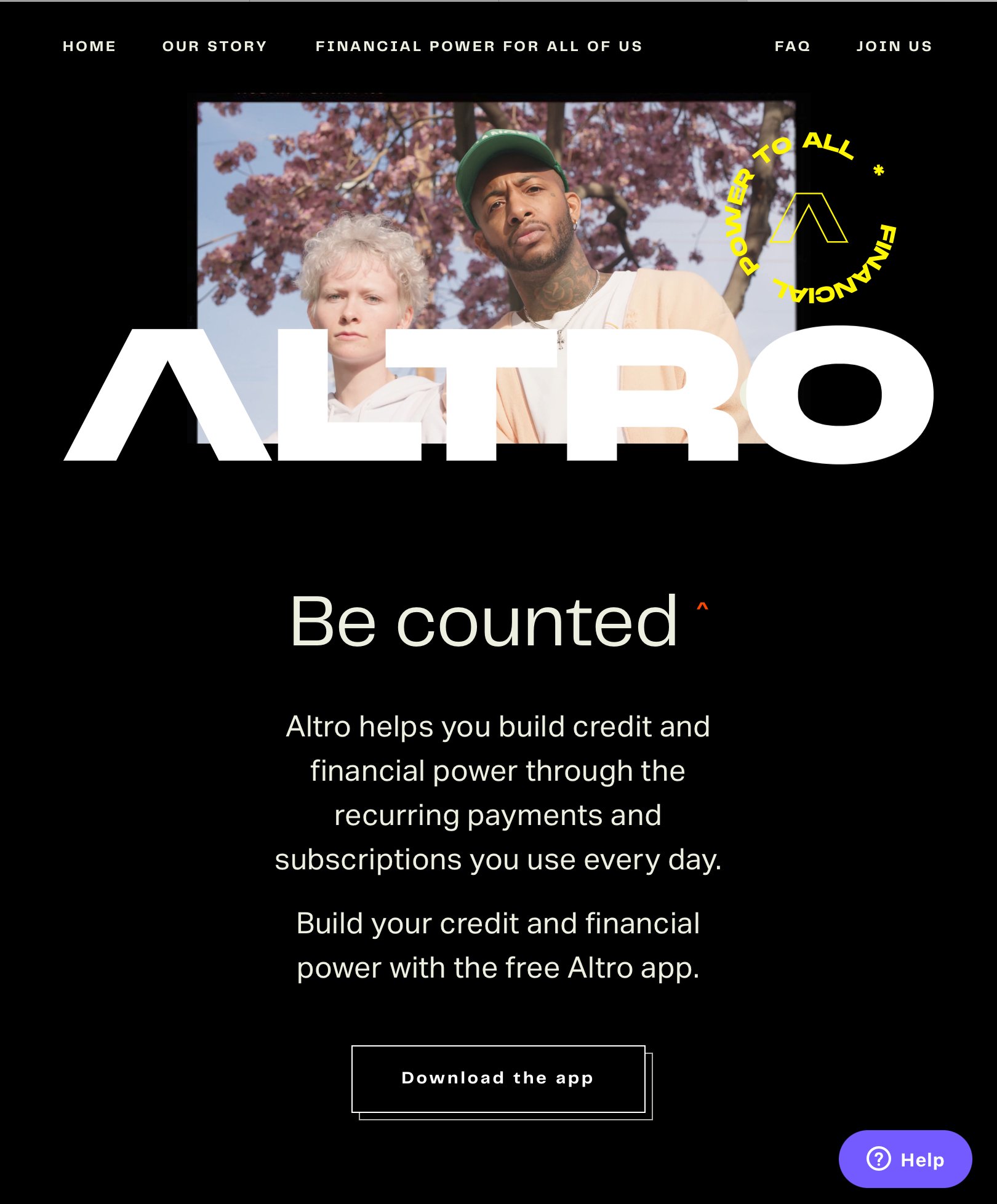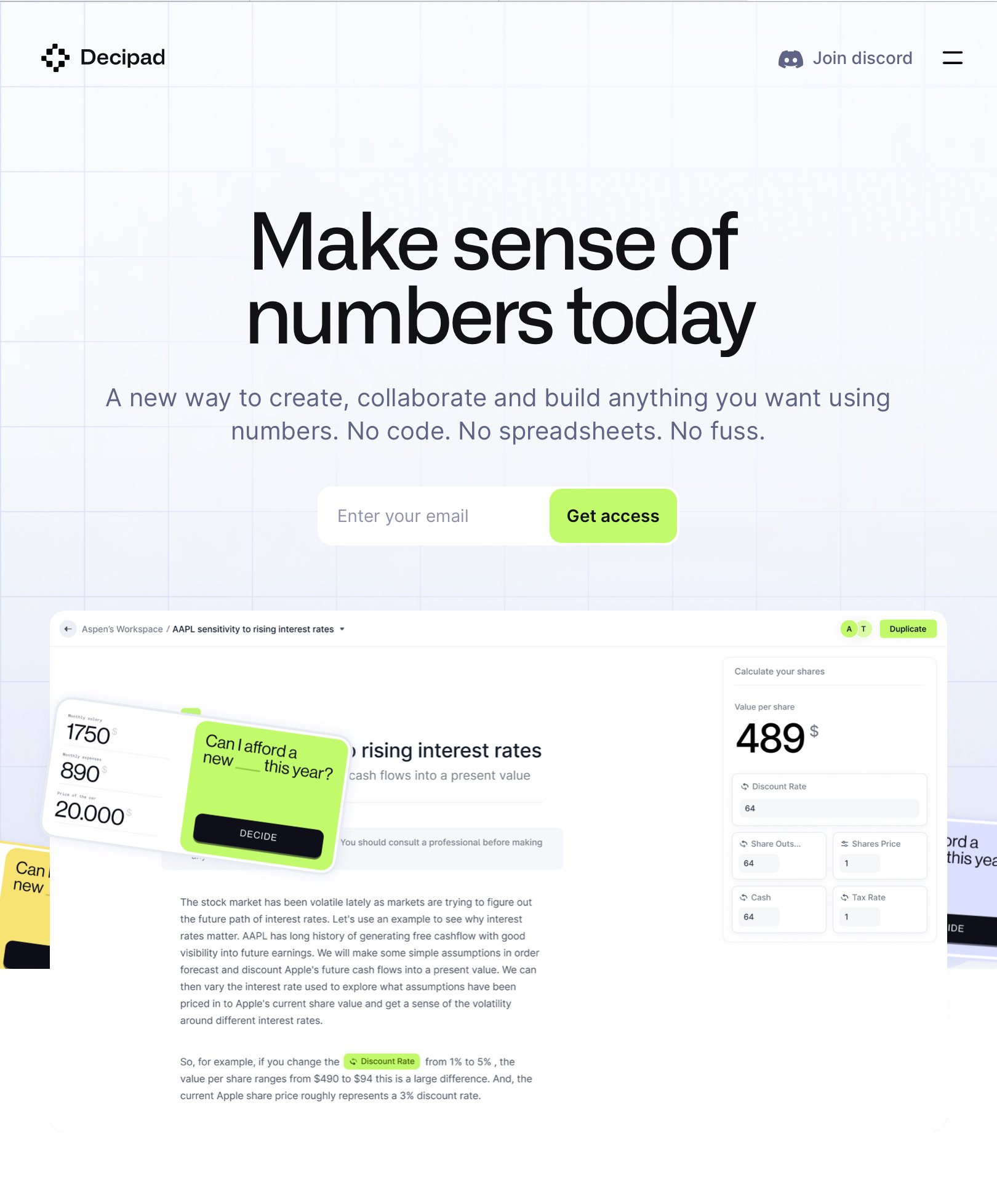How to Build the Messaging Strategy Your Brand Really Needs
Communication is often the hardest part of anything worth doing: marriage, management, marketing. But in this new age of AI-driven data science hocus pocus, tech-focused companies tend to (mistakenly) assume that the internet has made marketing simple, even barely necessary. Anyone can create a site, anyone can get on social media, and anybody can pay for AI-generated logos and messages.
The subconscious thought: If I just tell people what I’m doing, purchase will be a no-brainer.
But when site traffic graphs remain flat (or heaven forbid, slope downward), tweets get no engagement, and people still don’t understand what you do, it’s well past time to build out a messaging strategy and turn that ship around.
A messaging strategy helps you talk to your audience
Messaging, or key messaging, revolves around what you want your target audience to remember about you. Key messages tell people:
What you do
What you offer
The value you provide
Why they should buy from you
Key messages create clear, consistent reasons to entice your leads, prospects, and customers to do what you want them to do (like buy your product or service).
A messaging strategy informs everything about how you talk and write about your business, from site copy and emails to ads and customer support interactions. It helps you build brand awareness and is an integral part of your content strategy.
5 signs you need a messaging strategy, STAT:
You hear “I’m still not sure what you do” even after people have looked at your website or sales material
Your sales team doesn’t have material they want to show to their prospects, and often come up with their own documentation individually
You’re trying to attract investors
No matter what you say, you just can’t convince prospects/potential investors that you’re the clear winner in your space
You are reading this
Key message development is the foundation of your marketing strategy
This is not just an exercise in creativity for your marketing agency or teams. It’s the foundation of your marketing strategy, corporate messaging, and brand messaging. Consistency is key; if your messages (and consequentially, your marketing) don’t seem consistent to your audience, it leads to confusion. Confusion breeds distrust, which does not bode well for conversions.
A messaging strategy can help you:
Help reach your target audience and ensure they understand the value that your product or service provides
Define and broadcast your unique selling proposition
Create investor pitch decks that set up the problem, outline your vision, and make an investor want in
Give your sales teams clear, consistent talking points and collateral that supports those points
Effectively hasten purchasing decisions
Market your brand and gain a competitive advantage
5 messaging questions to ask your employees
If your messaging is consistent but not simple or easy to understand, it’ll be ineffective. Here’s how to determine whether your existing messaging is cutting it. Ask your employees these questions:
What does our company do?
What pains or problems do our customers have that we fix?
What makes us different from competitors?
What value do we provide to our customers?
Would you use our products or services?
Many businesses are surprised at the variation of answers they receive. If your teams can’t consistently explain what you do, imagine how confused leads and customers feel. Internal messaging is at least as important as external messaging.
If your own employees wouldn’t use your product, you have some bigger problems to solve.
5 messaging questions to ask your customers
You can also ask these questions to your customers and adjust them to ask about their own experiences.
What pain were you experiencing before you bought our product/service?
Why did you choose us over others?
What do you like/dislike about your product?
How has our product solved your problems?
Has our product enhanced how you do business?
Again, you might find some surprises in consumer perception of your brand and product. Getting feedback will be useful in your messaging strategy and can deepen your relationship with your customers.
Build your messaging around your value
The marketing sphere talks often about telling a story around your brand and your product or service. The key to every story is conflict.
In marketing, the conflict is in pain points. What pains do your target customers need alleviated?
This comes down to time and money, but the more specific you can be with pain points, the more detailed a story you can tell, and the more strategic you can be about how you communicate your value. Strategic messaging will address the pains you solve and how you solve them.
Two great key messaging examples
Altro does a fantastic job marketing to a specific pain point.
“Altro helps you build credit and financial power through the recurring payments and subscriptions you use every day. Build your credit and financial power with the free Altro app.”
Pain point: I can’t build my credit even though I pay on time every month for subscriptions to Netflix or Spotify.
This is a huge deal, since so much of our financial capability is tied to our credit score. Altro uses messaging in a few important ways:
The hero headline “Be counted” speaks to the feeling of disenfranchisement when you can’t get ahead with your credit score even though you make plenty of payments on time. At the same time, it evokes a feeling of hope because now your hard work paying your bills will count.
They use the word “power” twice in their first two sentences of copy. Instead of playing to the disenfranchisement (i.e. Aren’t you sick of the big three credit bureaus controlling your financial life?), they focus on individual power.
The phrase “build your credit and financial power” shows up twice, a big deal since many marketers fear being too repetitive. I guarantee you “build your credit and financial power” is Altro’s core message.
Then there’s Decipad:
“Make sense of numbers today. A new way to create, collaborate and build anything you want using numbers. No code. No spreadsheets. No fuss.”
Pain point: Numbers are confusing, and working with them is awful. Harnessing them meaningfully usually entails complicated processes that involve more things that don’t make sense, like coding and spreadsheets.
Decipad is so clear about their value and how they solve your pain.
Decipad makes use of marketing in the negative. There’s no code, spreadsheets, and fuss, which are some of the most detested aspects of data analysis. In this case, knowing what you’re not getting is a relief.
Decipad’s value is immediate. You don’t have to wait three months to put a software platform in place, train, then get started. With Decipad, the value begins today.
Creating key messages is one of the key components to communicating with and building an emotional connection to your audience. While speaking to your value is important, it is critical to establish that value in relation to your audience’s pain points.
If you want to develop key messages on your own, we have a course that can walk you through exactly how to do it. We frequently run key message workshops live, then build a messaging framework for you. We’d love to help you develop key messaging so intriguing that customers fall at your feet!



